- Saturday, 19 July 2025
Useful Tool For Local Planning And Development
This compendium profiling the development of the far western province (Sudur Paschhim), authored by Nayan Bahadur Khadka, offers a valuable set of data and information about that backward and remote geography lying at the western periphery of Nepal. The volume is important and bears significance, keeping in mind that the author himself hails from Achham district. He is well-versed in the surrounding districts and environs, as well as their culture and sociography, which fall within the boundaries of Nepal's Sudur Paschhim Province.
Needless to say, Khadka is a seasoned expert and pedagogical scholar who began his career as a trainer and training expert during the Panchayat era. Later, he rose to the apex position of executive director of the local development training academy and gave leadership to foster and enrich training institutions and pedagogy in the country.
Khadka has written numerous books, training materials, manuals, and articles on various issues and aspects of local governance and development in Nepal. He has also helped to develop profiles for different Palikas in the country. Needless to say, physical and institutional infrastructures for capacity building of elected and non-elected government officials were created and developed during the partyless Panchayat period.The training centres established during the Panchayat period did, in fact, lay the groundwork for contemporary capacity-building activities to grow and expand.Senior trainers and training resource persons, such as Nayan Khadka, deserve credit for teaching and guiding many upcoming young training practitioners in developing their competence and skills in order to join the country's community of trainers and training facilitators.
The author is known for his avid interest, sustained curiosity, and expertise in local governance and decentralised development. This is illustrated clearly in this volume, which brings together the important data and information about nine districts falling within the Sudur Paschhim province of Nepal. The information in this volume will undoubtedly aid regional political and administrative stakeholders in conceptualizing, planning, prioritizing, and implementing schemes and projects that benefit marginalised communities.
This volume, containing around 450 pages, comprises detailed data and information about the Sudur Paschhim province in general, with a particular dataset of the nine districts, including Bajura, Bajhang, Darchula, Baitadi, Dadeldhura, Accham, Doti, and Kailali. The volume doles out a tremendous amount of information drawn from authentic sources such as CBS and so on about natural resources, tourist destinationst of the nine districts, including Bajura, Bajhang, Darchula, Baitadi, Dadeldhura, Accham, Doti, and Kailali. The volume doles out a tremendous amount of information drawn from authentic sources such as CBS and so on about natural resources, tourist destinations, the physical landscape, transport services, schools, health and sanitation services, telecom services, local enterprises, local customs and traditions, agricultural crops and productivity, and civil society organisations that are exclusively unique to each district and Palika within the far western province of the country.
The most interesting part of the volume has been the author’s insights into the historical context and socio-political dynamics of the regions that fall within the province. It is worth noting that the vast majority of the geographical domain falling within the far western province was once part of the powerful Malla empire, which had extended its sphere of control and influence into areas like Kumaun and Garhwal.Kumau and Garhwal currently fall within the Uttaranchal state of India.
Tables, pictures, and photographs of the different areas of the districts backed up with clear, concrete, and objective information make the volume very useful for different categories of users and readers, including students, planners, and researchers. The author has also interspersed the volume with his own insights, anecdotes, impressions, and experiences culled from the period when he had travelled in different districts and interacted with politicians, personnel, and local people.
This has made the volume more interesting and useful. The details about the local Palikas, politicians, and other relevant data make the volume increasingly useful for the elected representatives during the current times to have a better understanding of the local context and situation. The author is expected to contribute and compile such volumes for other districts and palikas in Nepal.

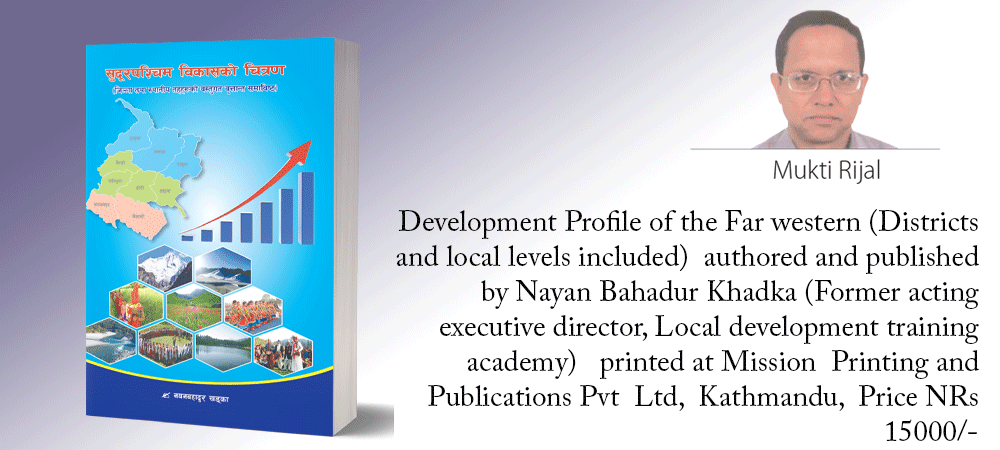







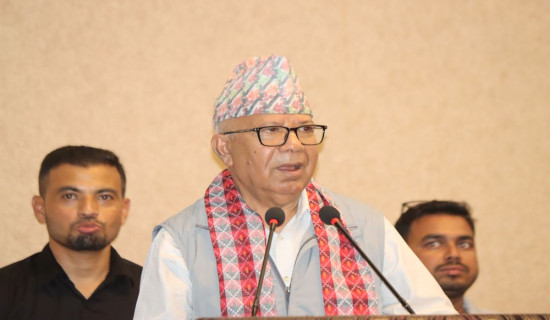

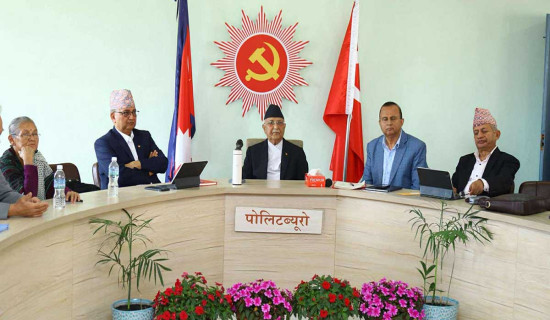
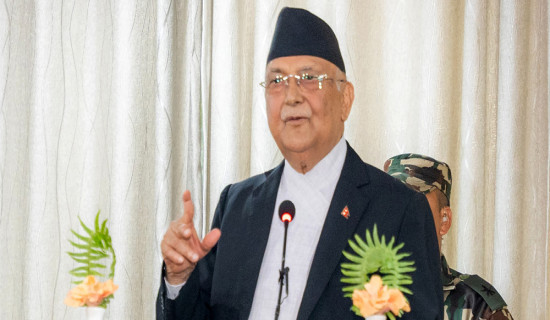
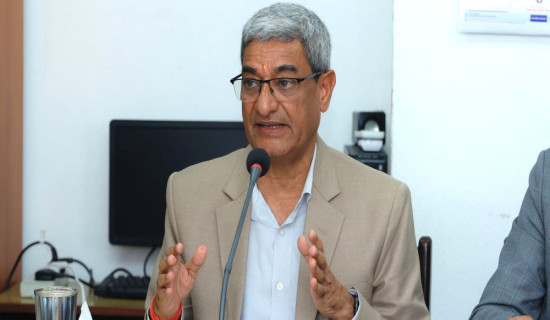
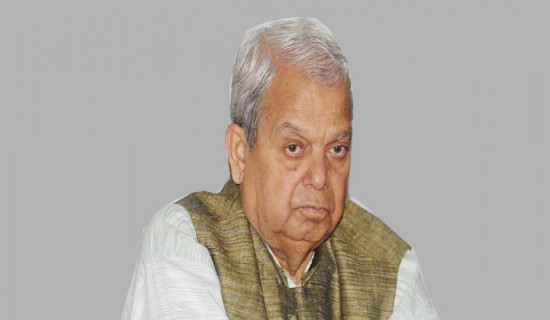
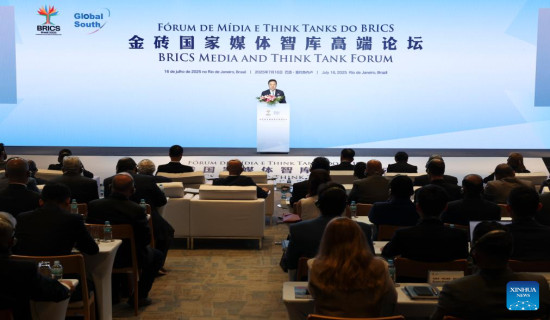
-original-thumb.jpg)